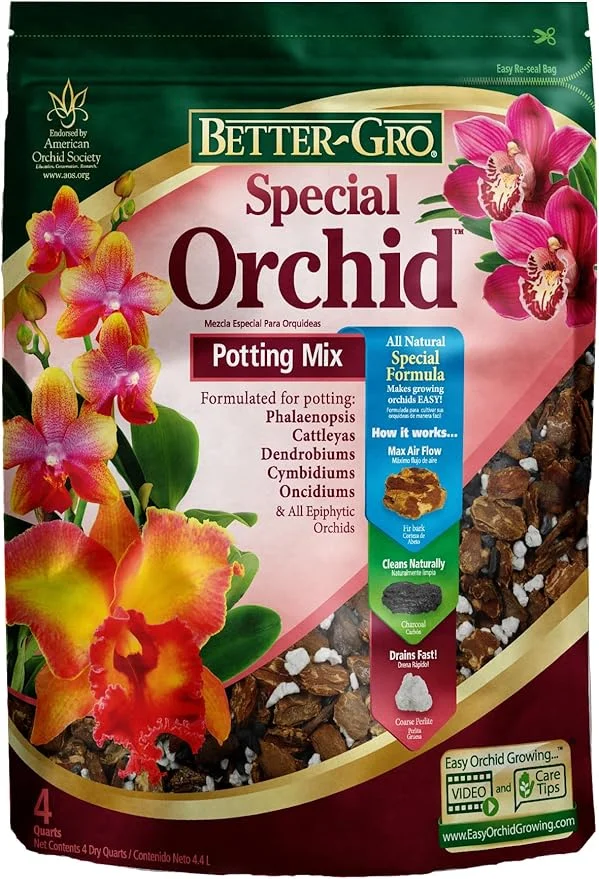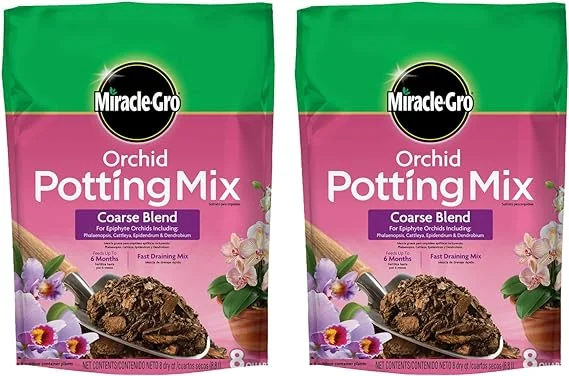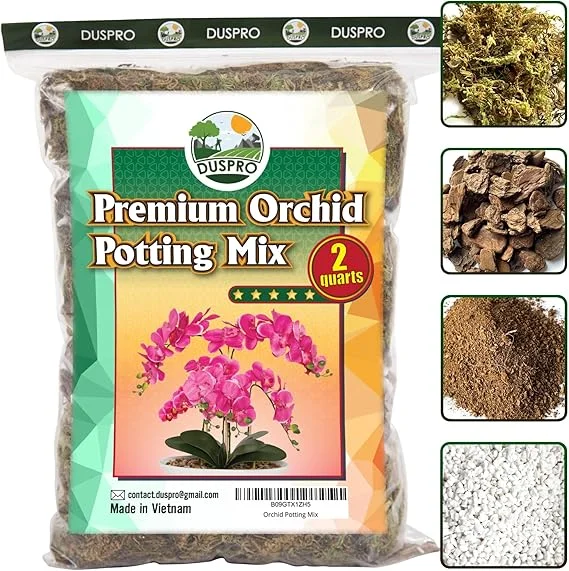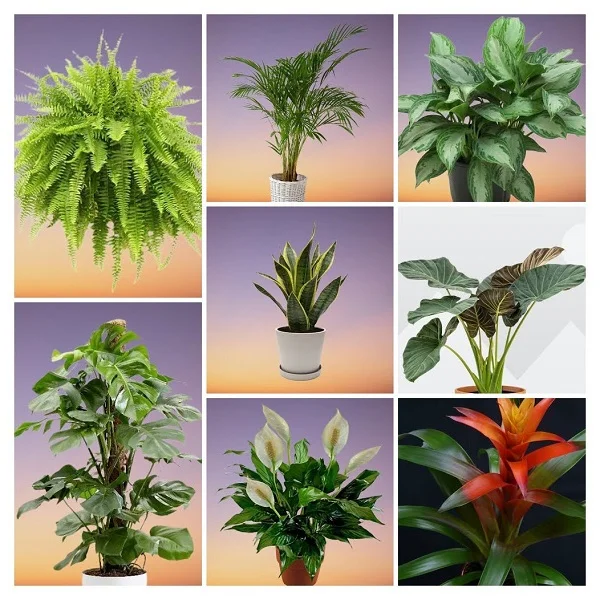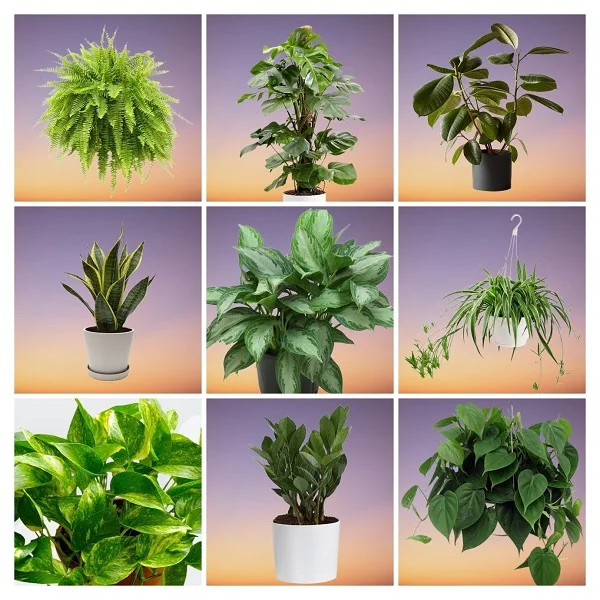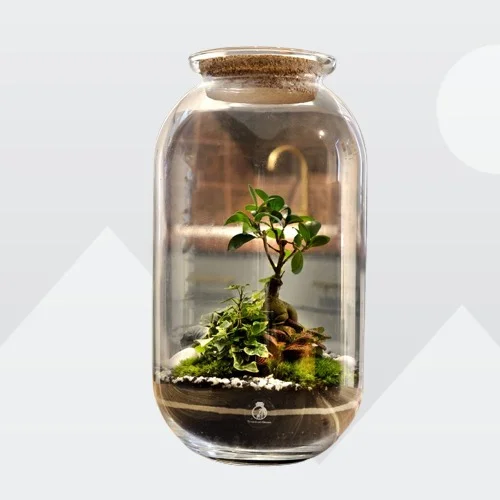How to Grow, Care and Propagate for Brassavola Orchids
Some links in this post may be affiliate links
Brassavola Orchids blooms in bright light with some direct sunshine, warm and humid conditions and moderately moist, rich, loose, well-drained, orchids potting soil coupled with monthly feeding in the growing season.
Brassavola Orchids are popular orchids which bear very fragrant flowers with a citrusy smell but they are only fragrant at night and last a few days only.
The leaves are long, thin, tubular about 1 feet long and may sometimes appear unrolled or flattened. The leaves are mottled with slight reddish marks. They have much smaller pseudobulbs, so the leaves appear to emerge from the rhizomes.
The Brassavola genus comprises of about 21 species of orchids. Brassavola Orchid was named in 1813 by the Scottish botanist Robert Brown after the Italian nobleman and physician Antonio Musa Brassavola (one of the most famous physician of his time). The genus is abbreviated B in trade journals.
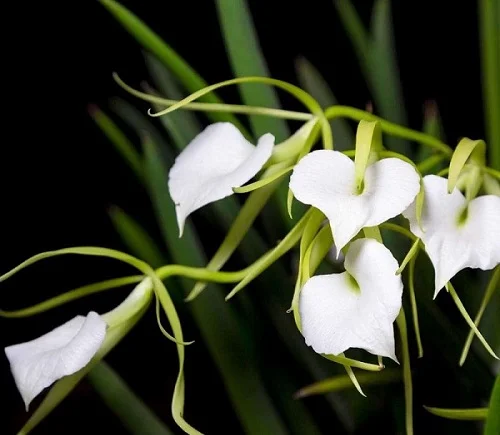
Botanical name: Brassavola
Family: Orchidaceae
Subfamily: Epidendroideae
Tribe: Epidendreae
Subtribe: Laeliinae
Origin
Brassavola is a genus of orchids widespread across Mexico, Central America, West Indies and South America. Brassavola Orchids are epiphytes; they grow on the bark of trees and derive moisture and nutrients from the air, rain or debris accumulating around them.
Flower
Brassavola Orchids flowers are small and comprise of three sepals and two lateral petals which are greenish, narrow and long. These orchids bloom the year-round; they bloom several times in a year. It is among the best flowering plants for the home, office and other suitable places.
Related Genera
Brassavola Orchids are related to the genera Cattleya and Laelia with which they have been used extensively in hybridization to create a multitude of colors.
Is Brassavola Orchid toxic?
No. Brassavola Orchids are non-toxic to both humans and pets. They are safe to grow indoors.
Where to Buy
If you are looking to add Brassavola Orchids to your collection, you may get them online from Etsy (Link to Etsy).
How to Care for Brassavola Orchids Indoors
To care for Brassavola Orchids indoors, provide bright light with 4-6 hours of direct sunshine, warmth of 18-290C, humidity of 60-70% and moderately moist, fertile, loose, well-drained, orchids potting soil coupled with monthly feeding during the growing season.
Brassavola Orchids care needs regular pruning to keep them neat and discourage pest and disease infestation. Repotting is need when growth begins to suffer or the medium becomes completely broken down. Keep reading for more on these growing conditions and how to achieve them.
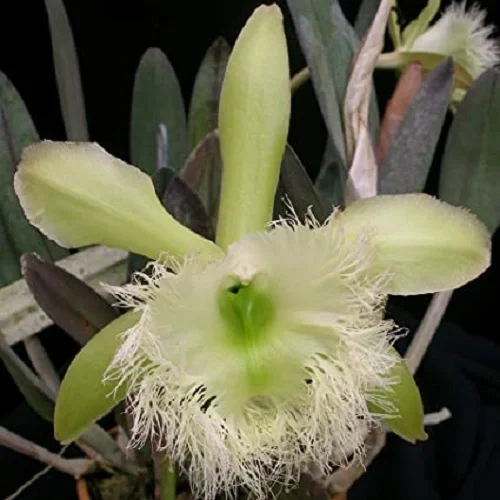
Watering
Water Brassavola Orchid thoroughly in spring and summer and allow the top half of the soil to dry out between waterings.
Cut down on watering in fall and winter as growth is minimal at this time but do not let the soil dry out completely. Drooping or wrinkly leaves indicate that you are underwatering the orchid.
Use tepid, chlorine-free water as these orchids are sensitive to chlorine and other chemicals dissolved in water. Therefore water it with chlorine-free water only. Avoid wetting the foliage as it can lead to fungal diseases and rotting which can cause the orchid to die.
Brassavola Orchids unlike Lady Slippers Orchid (Paphiopedilum Orchids) are more tolerant to dry soil due to their tubular shaped leaves which are designed to reduce water loss through transpiration. As such take care not to overwater the orchid as too much water may cause the orchid to rot.
Light Requirements
Brassavola Orchid flourishes in bright light with 4-6 hours of morning or late afternoon sunshine. Keep it away from hot sunshine to avoid sun scorch on the leaves.
A Brassavola Orchid that is receiving the right amount of light has mottled leaves with slight reddish marks. Dark green leaves indicate that the orchid needs more light. Yellowish leaves mean that the orchid is receiving too much light.
Where the natural lighting is not sufficient, you may use full spectrum grow lights to supplement it.
Regularly turn the pot to ensure that the orchid receives adequate light on all sides for even growth.
Temperature & Humidity
Brassavola Orchid thrive in a warmth of 18-290C. Warmer days and cooler night temperatures with a difference of 10-150C are ideal for this orchid. The cool nights are essential to trigger flowering.
Ensure that there is good air circulation as Brassavola Orchid cannot tolerate hot and stuffy conditions. Keep it away from drafts to avoid sudden changes in temperature as they can cause leaf curl, leaf drop and reduced growth.
Humidity of 60-70% is ideal for Brassavola Orchids. Where the air is too dry, set the pot on a wet pebble tray or use a cool mist humidifier to increase humidity. Do not mist the leaves as it can lead to fungal diseases.
Fertilizer
Feed Brassavola Orchids every 4 weeks in spring and summer with an orchid's fertilizer as per the manufacturer's instructions. Stop feeding in fall and winter as growth is minimal at this time. Do not feed an orchid that is in flower.
It is better to err on the side of underfeeding than overfeeding as overfeeding may result in loss of roots thus death of the orchid. Overfeeding can also lead to vegetative growth instead of flower production.
Potting Medium
The best potting medium for Brassavola Orchid should be rich in organic matter, loose, free-draining bark soil to prevent it from getting soggy while providing the required nutrients. Most Orchid potting mixes are ideal for these plants.
Repotting
Brassavola Orchids bloom best when they are pot-bound. Repot only when growth begins to suffer; when the orchid has outgrown its pot and the new growth reaches out over the edge of the pot or when the soil has broken down completely.
Basically repotting a Brassavola Orchid every 2-3 years should be adequate. Repot it only when new growth begins, shortly after blooming is over.
Select a pot with proper drainage holes or slits as the roots need good air circulation. The pot should be only 1 size larger than the current one. Take a look at these ceramic orchid pots with a free slotted orchid pot liner on Amazon.
Use loose, free-draining bark soil as the roots require good air circulation. While repotting, shake off excess soil and trim off any dried and shrivelled pseudobulbs. The large orchids can be divided to propagate new plants.
Pruning & Grooming
Pruning Brassavola Orchids is easy. Remove dead and diseased leaves to keep the orchid neat as well as reduce pest and disease infestations.
Cut the leaves at the base with clean, sharp scissors or a knife to avoid unnecessary injury and reduce disease transmission. When flowering is over, cut the flower stalk 1 inch above the 3rd node from the bottom.
Occasionally clean the leaves by damp-wiping with a soft cloth to get rid of dust and also discourage pest and disease infestations.
Brassavola Orchid Propagation
Brassavola Orchids is propagated from the rhizome at the beginning of the growing season once flowering is over.
Propagating Brassavola Orchids from the rhizome
- Gently split the rhizome into sections while ensuring there are at least 3 shoots on each section.
- Seperate the roots attached to each division from the mother's root-ball.
- Remove the old potting soil attached to the section roots and place each section in the center of the pot.
- Bury the roots of the section in the soil while ensuring that the bottom of the pseudobulb is level with the top of the soil.
- The best pot for the section should be about 1-2 inches larger than the pseudobulb.
- Make sure that the pot has enough drainage holes and slits to prevent root-rot of the section.
- Place the set up in a warm, well-lit place away from direct sunlight until sections have established their own roots.
- Water the new Orchids lightly to enhance root development and stake each newly repotted plant to prevent it from toppling over.
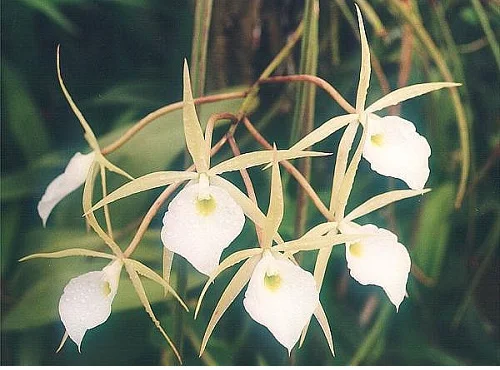
Brassavola Orchids Problems & Solutions
Brassavola Orchids problems are lack of blooms, yellow leaves, brown leaves, black leaf tips and edges, drooping leaves, leaf spots, pests and diseases. Keep reading for more on these problems and how to fix them.
Lack of blooms
Lack of blooms on Brassavola Orchids is caused by too little light, nutrients deficiency, dry air, and lack of temperature variation.
How to fix it
Too little light: Position the orchid in a brighter spot where it will receive bright light with 4-6 hours of morning or late afternoon sunshine or use a grow light to supplement insuffucient light.
Nutrients deficiency: Feed the orchid monthly in spring and summer with an orchid's fertilizer.
Dry air: Set the pot on a wet pebble tray or use a cool mist humidifier to raise humidity.
Lack of temperature variation: Expose the orchid to cooler nights to trigger blooming; a difference of 10-150C is needed.
Yellow leaves
Some of the causes of yellow leaves on Brassavola Orchids are inconsistent watering, soggy soil, too much sunlight and nutrients deficiency.
How to fix it
Inconsistent watering: Do not water on a schedule. Water only when the top half of soil dries out.
Soggy soil: Use a loose, bulky, potting soil and a pot with adequate drainage holes or slits.
Too much sunlight: Keep the orchid away from too much sunlight or filter excess sunlight with a light curtain.
Nutrients deficiency: Apply a quality orchid's fertilizer every 4 weeks in spring and summer.
Brown leaves
Some of the causes of brown leaves on Brassavola Orchids are hot sunlight, underwatering, extreme temperatures, and fertilizer burn.
How to fix it
Hot sunlight: Keep the orchid away from hot midday sunshine or filter the light with a sheer curtain.
Underwatering: Do not water on a schedule. Water when the top half of soil feels dry to touch.
Extreme temperatures: Keep the orchid away from sources of drafts like windy doors, stoves, heat sources, AC units among others.
Fertilizer burn: Avoid too much fertilizer and do not feed in fall and winter. Leach out excess chemicals from the soil.
Limpy & droopy leaves
Limpy and droopy leaves on Brassavola Orchid are caused by underwatering. Do not allow the soil to dry out completely; water when the top half of the soil dries out.
Black & dying leaf tips
The cause of black and dying leaf tips on Brassavola Orchid is the presence of chemicals like chlorine and flourides in the water or accumulation of salts in the soil.
Use chlorine-free water only to water the orchid and flush out accumulated salts from the soil by running a stream of water through the soil for about 10 minutes until it comes out through the drainage holes.
Dark-green leaves
Dark green leaves on Brassavola Orchid indicate that the orchid is not getting enough light. The leaves of a Brassavola Orchid that is receiving the correct light should be light green.
Move the orchid to a brighter spot where it will receive very bright light with 4-6 hours of direct sunshine or instal a grow light if the natural lighting is not adequate.
Yellowish leaves
Yellowish leaves on Brassavola Orchid indicate that the orchid is getting too much light. The leaves of a Brassavola Orchid that is receiving the correct amount of light should be light green. Move the orchid to a shadier spot or protect it from hot direct sunlight.
Brown, soft leaf spots
Brown soft leaf spots in Brassavola Orchid are an indication of a fungal disease. Remove the affected leaves immediately to prevent further spread.
Brown, hard & dry leaf spots
Exposure of Brassavola Orchid to direct sunshine will result in scorch marks which are brown hard and dry spots on the leaves. Move the orchid to a shadier spot or protect it from hot direct sunshine to avoid sunscorching.
Mold on the leaves
Mold on the leaves in Brassavola Orchid is an indication of powdery mildew which is enhanced by over damp conditions, low temperatures and poor air circulation.
How to fix it
- Cut and discard the affected leaves to minimize spread of the disease.
- Improve ventilation and ensure that there is good air flow for the orchid.
- Do not mist the orchid; use alternative techniques to raise humidity.
- Avoid wetting the foliage during watering.
You liked it? Share on social media.
Related Content
Amazon Associates Disclosure
Homeplantsguide.com is a participant in the Amazon Services LLC Associates Program, an affiliate advertising program designed to provide a means for sites to earn advertising fees by advertising and linking to amazon.com.
